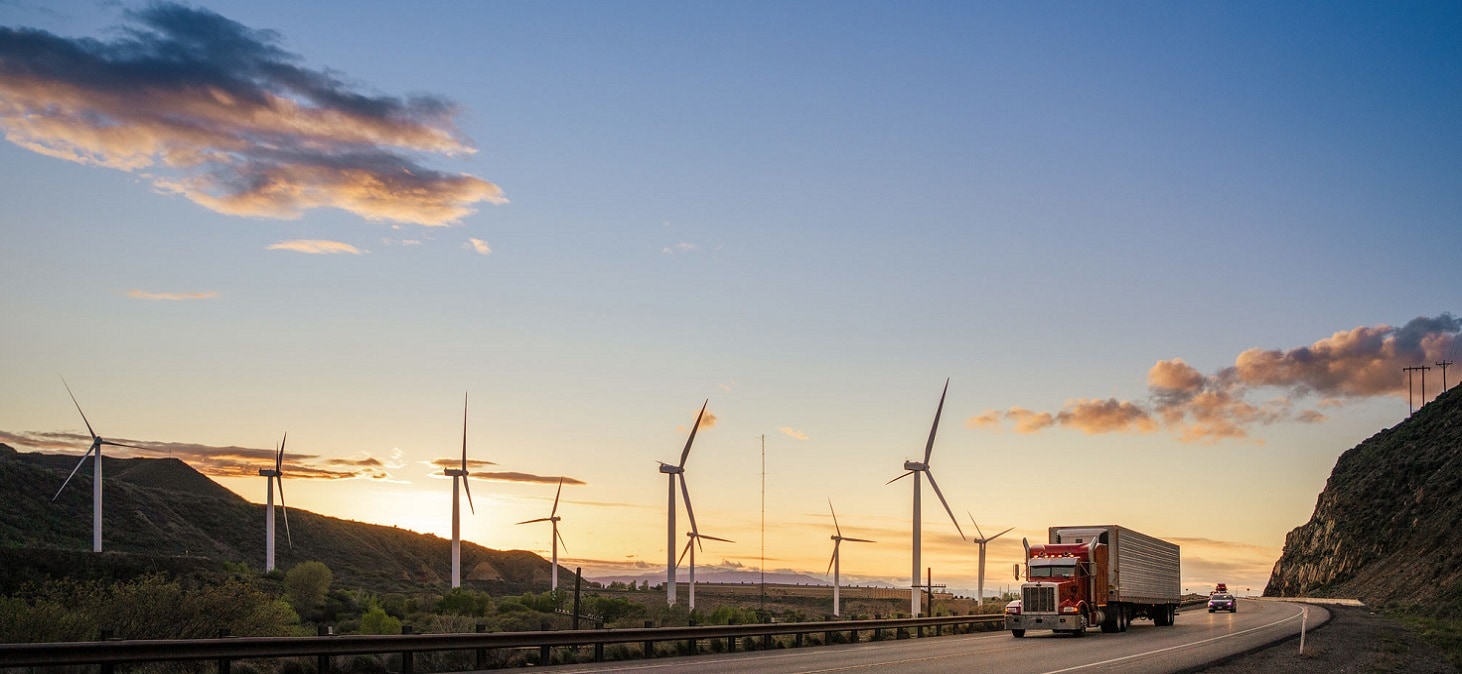
Whether as a core or satellite strategy, an increased focus on credible, transparent acceleration in transition investing underpins CIO's long-term investment case. (UBS)
The transition opportunity
The transition to a low-carbon economy presents one of the largest investment opportunities of the current decade, but also one of its greatest and most complex challenges. Already accounting for two-thirds of estimated total energy investment in 2024, the about USD 2 trillion being invested in clean energy annually needs to more than double by 2030 to achieve climate targets, according to the International Energy Agency (IEA). While energy sits at its core, the transition to a low-carbon economy goes beyond the energy transition. It is a secular trend that will play out across every sector and region, and will affect every asset class. The shape and pace of the transition is likely to be impacted by government policies, technology innovation, economic growth and energy affordability, reliability, and security. The expected acceleration in energy demand over the coming decades adds further complexity to the regional transitions and warrants an “all-of-the-above” strategy. However, we expect the transition to persist regardless—driven by economics, innovation, as well as political and social influences.
The holistic nature of the low-carbon transition lends itself to a portfolio approach, with cross-asset strategies offering diverse channels to capture opportunities. Transition investments may offer differentiated and complementary exposure to traditional or sustainable investing portfolios, both in terms of financial and sustainability characteristics. Whether as a core or satellite strategy, an increased focus on credible, transparent acceleration in transition investing underpins our long-term investment case.
In recent years, we have seen companies and countries alike make commitments to reach net zero, carbon neutrality, or climate neutrality. While they all generally aim for a state where emissions are balanced out, neutrality can be achieved today by purchasing offsets that equate to current emissions produced. Net zero, however, represents an end-state: an objective to reduce (carbon) emissions and environmental impact as much as possible by 2050 (or sooner/later) with the unabated residual emissions being removed and durably stored. To get there, the world needs to go through a transition to a lower-carbon economy—a long and all-encompassing journey. As the majority of global emissions are associated with the energy sector, reaching a (near) net zero scenario largely hinges on global fossil fuel demand. Though global fossil fuel demand continues to grow, forecasts continue to attempt to project changes in energy demand. However, there is currently no consensus on how this demand will evolve going forward, with scenarios varying wildly across the industry.
The past few years have also seen a proliferation of sustainability and climate-related disclosure guidance and regulation being announced across the globe. We expect to see continued expansion in coverage of these regulations with a more explicit focus on definitions and requirements around the transition. With this in mind, we prioritize core transition investing concepts and anchor points for credible practical application, acknowledging that the regulatory landscape continues to evolve.
Investing in the transition
We think the opportunity set to invest in the transition broadly comprises three key approaches: transition solutions, transition leaders, and transition improvers.
Transition solutions
Investments that focus on “greeners”—i.e., companies and assets that facilitate the transition to a low-carbon economy, or the adaptation to a changing climate. Such thematic strategies prioritize investing in business models or assets that have significant revenue or capex exposure to products or services that tackle climate change or its effects, rather than optimizing operational metrics (such as carbon footprint).
Transition leaders
Investments that focus on “greenness” and prioritize assets that generate relatively few carbon emissions compared to comparable assets. These are also known as low-carbon leaders, a strategy that often excludes the (historically) most carbon-intense investments within a sector and adjusts portfolio weights to reach a lower portfolio-level carbon intensity to minimize transition risks.
Transition improvers
Investments that focus on “greening” by investing in assets that have strong decarbonization potential and are demonstrating progress. Investor engagement can be a tool to accelerate improvement, utilizing stewardship to drive decarbonization. These strategies often target companies in carbon-intense sectors and carbon-intense companies within sectors, to more closely align with the transition process.
The selection of these strategies may have direct implications on portfolio risk, return, and sustainability characteristics, for example shifting region or sector allocation, or increasing implied portfolio carbon footprint. On the latter, we acknowledge that investors may choose to explicitly exclude specific sectors or assets—e.g., coal mining companies from an equity portfolio, or energy commodities from alternatives allocations. However, purely exclusionary approaches do not contribute to decarbonization of the real economy and may even have adverse effects for decarbonization as these investments may be controlled by investors with no transition objectives. Furthermore, such approaches may have adverse effects on a portfolio’s risk and return characteristics as they limit the investable universe. See: Sustainable investing and exclusions.
Transition opportunities are naturally complementary to traditional or sustainable investing portfolios. However, investors will need to choose the right mix of these strategies carefully based on their investment objectives. For example, if one wants to:
- Capitalize on outsized returns potential from new mitigation or adaptation technologies: prioritize Solutions strategies and tilt towards private markets.
- Align with real economy decarbonization: consider tilting toward Improvers strategies and more private market Solutions exposure.
- Decarbonize portfolio and minimize climate risks (physical, transition): consider focusing on Leaders strategies
Read the full report Investing in the transition, 3 January 2025, for more on investing across sectors and building a transition portfolio.
Main contributors: Sebastian van Winkel and Amantia Muhedini


